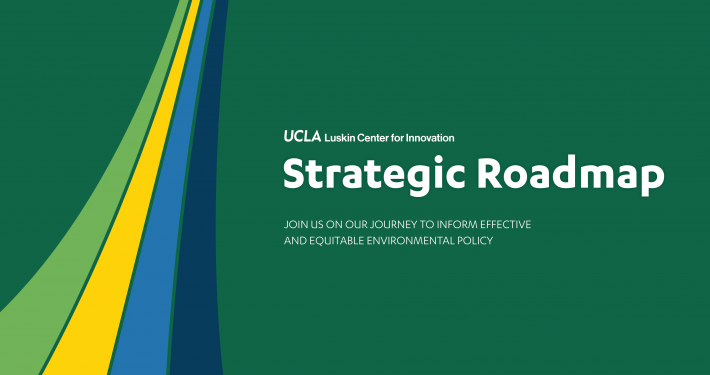June 24, 2024
California’s clean vehicle transition is not so equitable (yet)
The Luskin Center for Innovation research team finds gaps in incentive uptake and electric vehicle registration rates in disadvantaged communities
June 24, 2024
The Luskin Center for Innovation research team finds gaps in incentive uptake and electric vehicle registration rates in disadvantaged communities
Credit: Unsplash / Michael Marais
California has an ambitious climate goal: no new gas-powered cars will be sold in the state starting in 2035. To achieve this goal, it must increase the adoption of electric vehicles. That is the purpose of California’s suite of clean vehicle incentive programs, which provide financial support for electric vehicle purchases, often through replacing an older, gasoline-powered car.
In a new report, researchers from the UCLA Luskin Center for Innovation evaluate how effectively six of these programs have supported electric vehicle uptake, especially among disadvantaged communities.
The study produced stark findings about where these programs have incentivized clean vehicle adoption:
The authors also evaluated patterns of clean vehicle registration rates. They found that the number of clean vehicles on the road has increased over time throughout most regions in the state, but adoption rates are persistently low in rural areas, the urban core of Los Angeles, and lower-income and disadvantaged communities. Projections suggest that these disproportionate adoption trends will continue through 2035. Even in optimistic scenarios, the most marginalized communities remain far behind, particularly with the present lack of affordable electric vehicle options.
“There is more work to be done to actively support a just transition to clean energy in California,” said Rachel Connolly, the Luskin Center for Innovation’s project director for air quality and environmental equity research and the study’s lead author. “The state needs to prioritize investing in the programs that reach the most disadvantaged communities.”
To help California meet its 2035 targets equitably, the authors make several policy recommendations:
To learn more about our transportation research, visit our website.
Get our latest research in your inbox.
 UCLA Luskin Center for Innovation releases Strategic Roadmap
UCLA Luskin Center for Innovation releases Strategic Roadmap
Journeying through 15 years of impact, our priorities for the next few years, and opportunities to partner
 2023 Impact Report: Our New Era of Shaping Effective and Equitable Environmental Policy Solutions
2023 Impact Report: Our New Era of Shaping Effective and Equitable Environmental Policy Solutions
A brief, interactive summary of select environmental policy impacts in 2023
 Innovative partnerships support equitable access to shared bikes, scooters, and other micromobility vehicles
Innovative partnerships support equitable access to shared bikes, scooters, and other micromobility vehicles
UCLA researchers offer actionable steps to expand affordable micromobility options and improve infrastructure in mobility-disadvantaged communities

 Community-driven climate action spurs economic benefits
Community-driven climate action spurs economic benefits